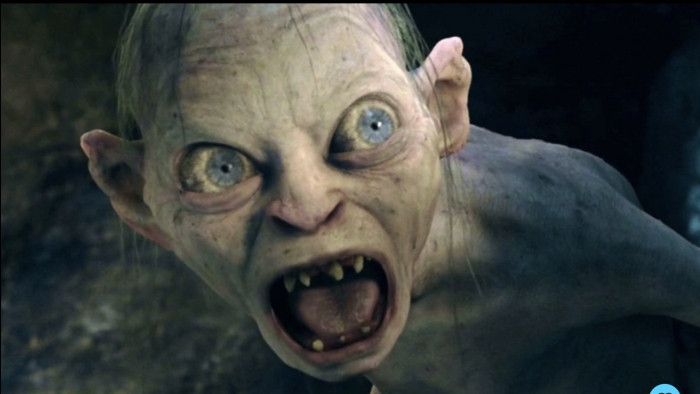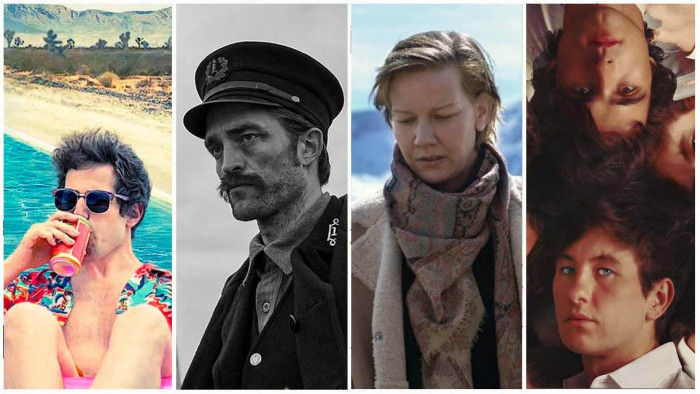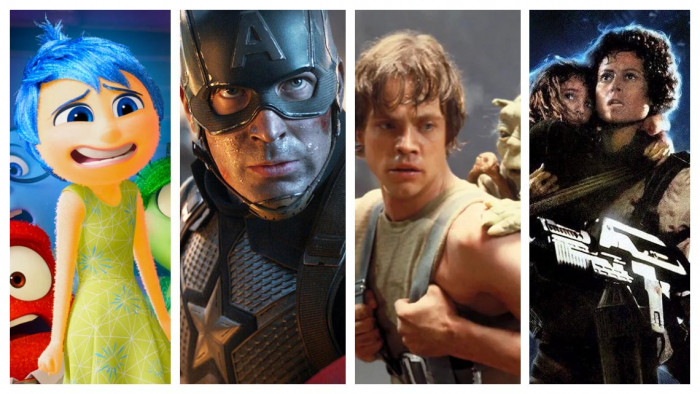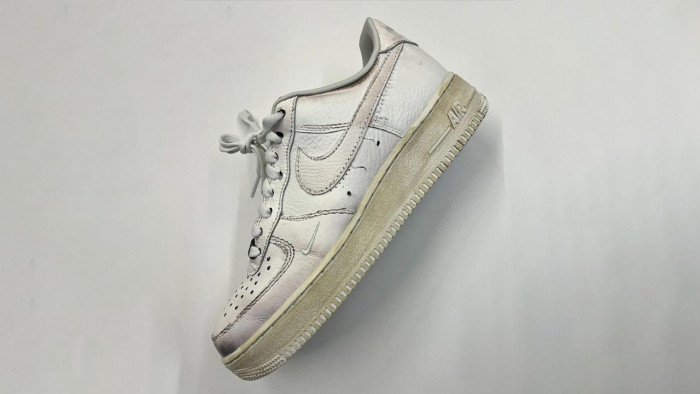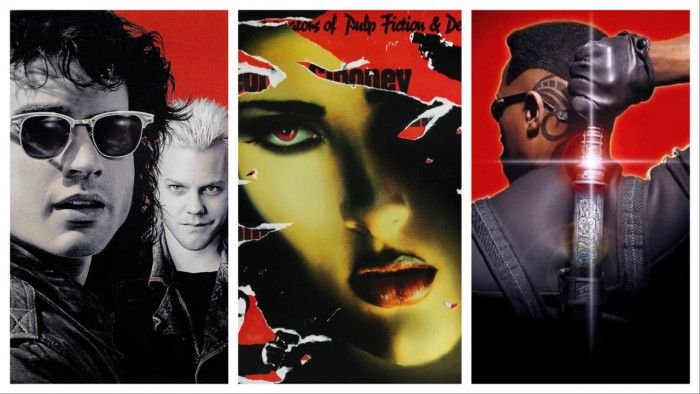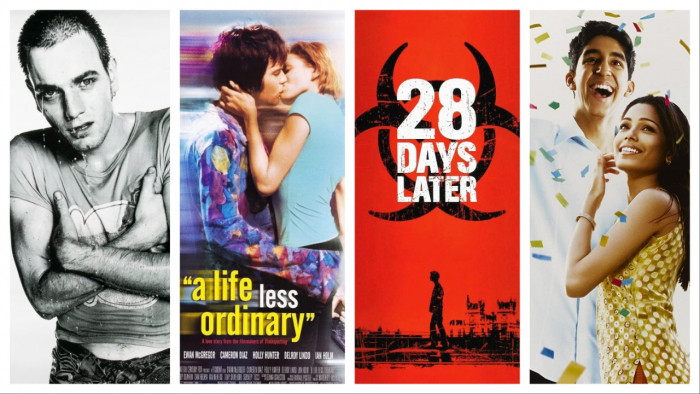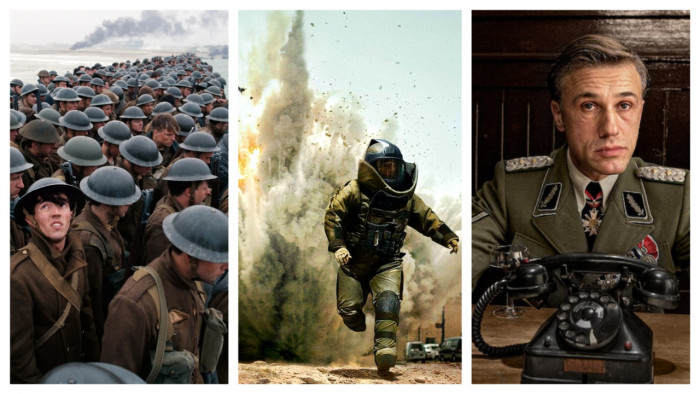With the first wisps of Movember fuzz on upper lips, David Whitehouse pays tribute to the master of facial hair
There’s a strip of hair on Tom Selleck’s face – below the nose he uses to smell women’s perfume, above the mouth he kisses the perfume on said women’s necks – that represents perfection of a form. Authoritative yet warm, pronounced but not ironic… bristly, but plump enough to minimise tickle, it’s emblematic of a masculine ideal.
Some may say it’s a hairy upper lip, but they are fools for whom the interior of theSistine Chapel is just a ceiling. What Tom Selleck has isn’t a moustache. It’s a moustachterpiece. This is why.

Growing a moustache is the only thing men can do that women can’t. It separates us from the boys we used to be. We can all do it – to varying degrees of success – and yet it is too often a folly.
The moustache is a hairy, hard-to-see-through window to the soul. Sitting on our top lip like our eyebrow’s fat, lost grandpa, it speaks of who we are as men. Too wispish and the wearer is a feckless amateur. Too flamboyant and the wearer’s concern is more style than substance. Too unkempt and the wearer is bullish and arrogant. Too knowing – a hip, pencil-thin caterpillar – and the wearer is most likely a tool.
Selleck’s moustache exudes qualities to which, as men, we once aspired. It is faintly luxurious, full and confident, announcing that the wearer is strong, decent and loyal in a way that other moustache-wearers of the age – Ian Rush, Des Lynam and Nigel Mansell, to name three – couldn’t manage.
Yet Selleck’s moustache is elevated, has become separate from Selleck and assumed its own meaning – that of power, dependability and goodness. Only one other moustache has achieved the leap from its owner’s face to symbolism, and that’s Hitler’s, on its own signifying hatred and evil that can lurk in a man’s soul. So Tom Selleck, in many respects, is the opposite of Hitler.

Magnum man
Selleck’s moustache shot to fame in 1980 when he landed the role of Thomas Magnum, private investigator. Before that, Selleck played another detective, Lance White, in US small-screen staple The Rockford Files. While he’d proved himself a likable actor, his moustache was still in its formative stage; lank, perfunctory and outshone by James Garner’s 5 o’clock shadow.
Magnum was a former US Navy Seal turned crime-solving gun-for-hire who’d been lent a private estate in Hawaii by a millionaire friend (voiced, amazingly, by Orson Welles). He lived a dream Eighties lifestyle – worked when he wanted, was surrounded by women, drove a Ferrari 308 GTS and wore a Rolex GMT Master on his manly wrist. This was pro-moustache propaganda. Of course men wanted to be like Magnum – the guy had it all. Attempting to emulate his moustache was a free way of attaching themselves to that image. A moustache revolution was born – this was a moustache the average guy could try, an aspirational moustache, the gift of Selleck’s magnificently hirsute everyman.
Selleck’s look defined Magnum and became part of US iconography; the alpha male having-it-all. It consistently ranked in the top 20 US TV shows for the first half of the decade, and earned Selleck’s moustache an Emmy and a Golden Globe. He became a visual language for ‘man’ – proof of which followed in the missed opportunity of a moustache’s lifetime.
George Lucas and Steven Spielberg, fresh from Star Wars, Jaws and Close Encounters Of The Third Kind, invented a character like none seen before. He was heroic, sexy and flawed. He was Indiana Jones and, in search of an actor who dripped with these qualities, they wanted Selleck. It was all there, worth 10 pages of character-establishing script, sat on his upper lip. Had Magnum PI’s producers not forbade Selleck from taking the job due to scheduling clashes (which, it transpired, wouldn’t have happened), it would poetically have meant that Selleck’s moustache got to defeat Hitler’s on the silver screen, too.
A CLOSE SHAVE

His eventual breakthrough in films would show the moustache’s versatility. Leonard Nimoy’s 3 Men And A Baby was the biggest US box-office hit of 1987. Selleck played architect Peter Mitchell, one of three flatmates, with Steve Guttenberg’s Michael and Ted Danson’s Jack, who take on the role of father to Danson’s baby. Though they are of similar age, Selleck’s moustache bestowed Peter with an extra gravitas – it is he who becomes the paternal protector of the child, and also his friends. He is kind, smart, handsome – a different kind of alpha male, at a time when the Hollywood moustache was associated with dumb machismo (such as Jesse Ventura in Predator). Selleck’s moustache was ingrained in the public consciousness, like Elvis Presley’s curled lip, or Michael Jackson’s white glove. In neo-western Quigley Down Under, Selleck twizzled the tips of his moustache to play a cowboy, with slightly more comic flair than Steve McQueen – who the film was written for – might have managed. Selleck kept his guns from the set and became a passionate advocate of the National Rifle Association, though we won’t go into that here. Moustaches should be left out of politics. If Hitler taught us anything, it’s that.
Selleck’s moustache broke into post-modernism when he starred as Dr Richard Burke, Monica’s boyfriend in Friends. In one episode, Ross, Chandler and Joey became so jealous of Burke’s moustache that they grew their own pale imitations, only to discover that he had shaved his off. It was a watershed moment for fans of Selleck’s moustache. He had never been shown without it before, and the reaction was one of such horror, you’d have believed he’d had ‘f*ck off!’ tattooed across his top lip. Like Samson, Selleck’s powers waned with the ’tache. It grew back, but a coarse, prickly flame that once burned so brightly, started to fade.
THE AMERICAN SPIRIT
Years later, Selleck’s moustache remains culturally relevant. It has a Twitter account (@StacheOfSelleck): “I embody the American spirit. Hundreds of hairs joining to create something better than their parts. E pluribus unum.” And Selleck’s moustache has never stopped acting. On accepting the role of Frank Reagan in cop drama Blue Bloods in 2011, Selleck revealed he had been banned from shaving it off again. He also admitted that, these days, its tumescence needs help, telling the New York Post’s Cindy Adams, “I trim it myself. And tint it myself. My father and grandfather were grey, I’m not. I have to grey it up a bit, or the thing comes out on camera as black.” A reminder of our own mortality.
Selleck’s moustache is exalted to its own realm of nostalgic significance, and it’s for that reason we pen this ode to our favourite moustache of all time. No other man has been so closely associated with their own moustache. Except Hitler. All right, no actor, has been so closely associated with their own moustache. Except Charlie Chaplin. But frankly, Selleck’s moustache could have eaten them both for lunch, and got the bits caught in itself.
Show your support at uk.movember.com
(Images: Alamy/Kobal)


